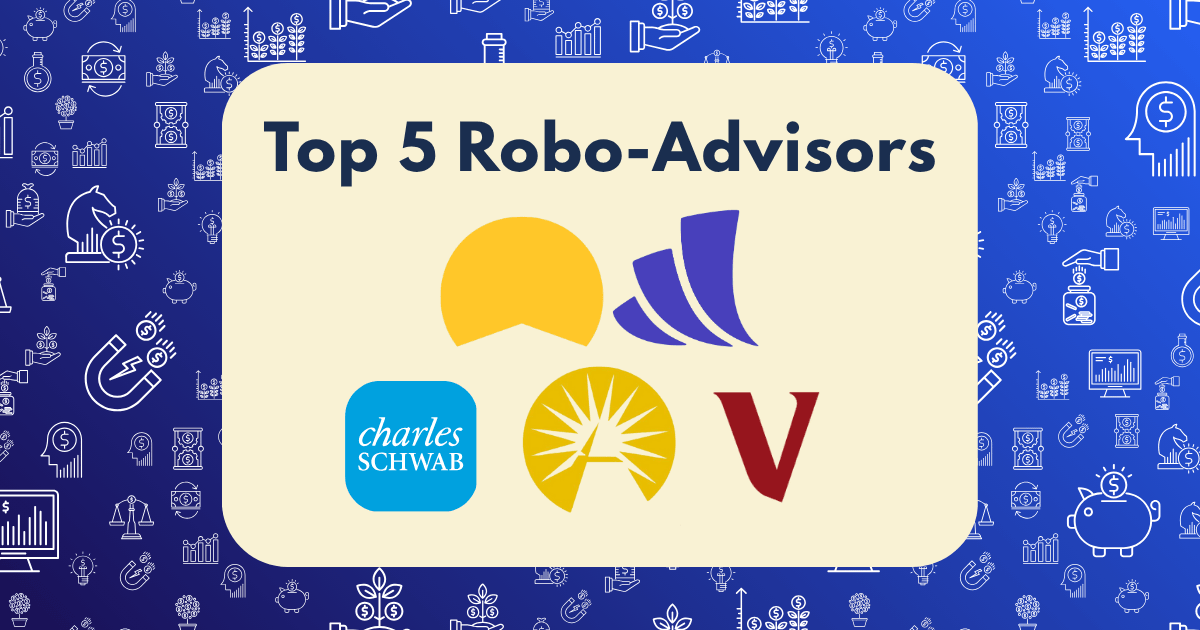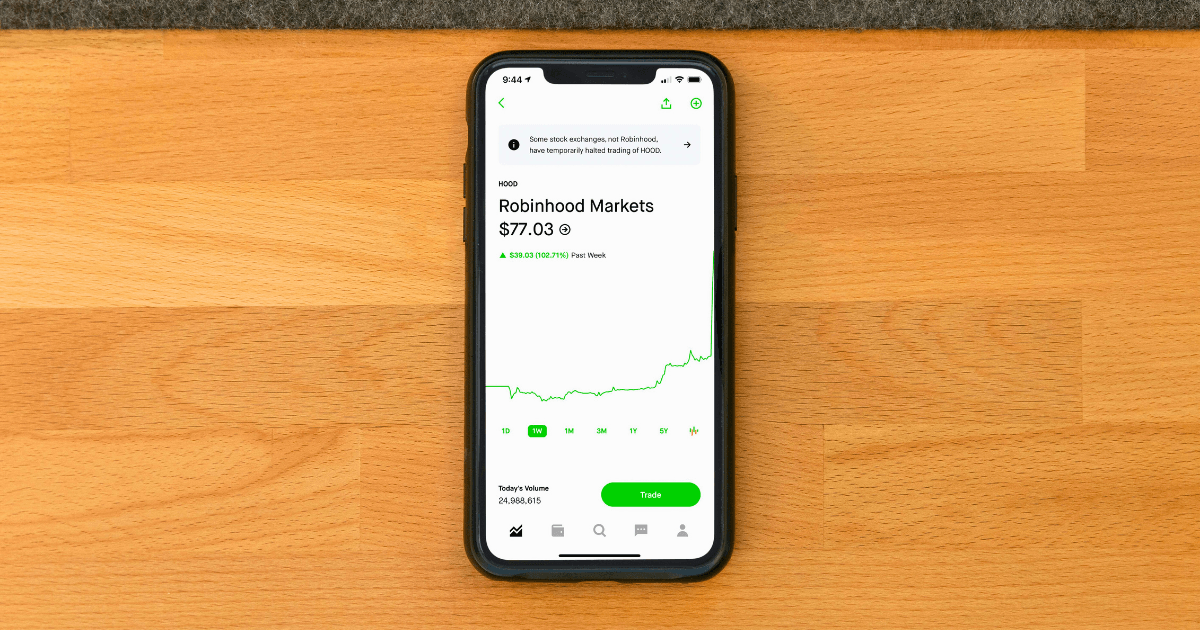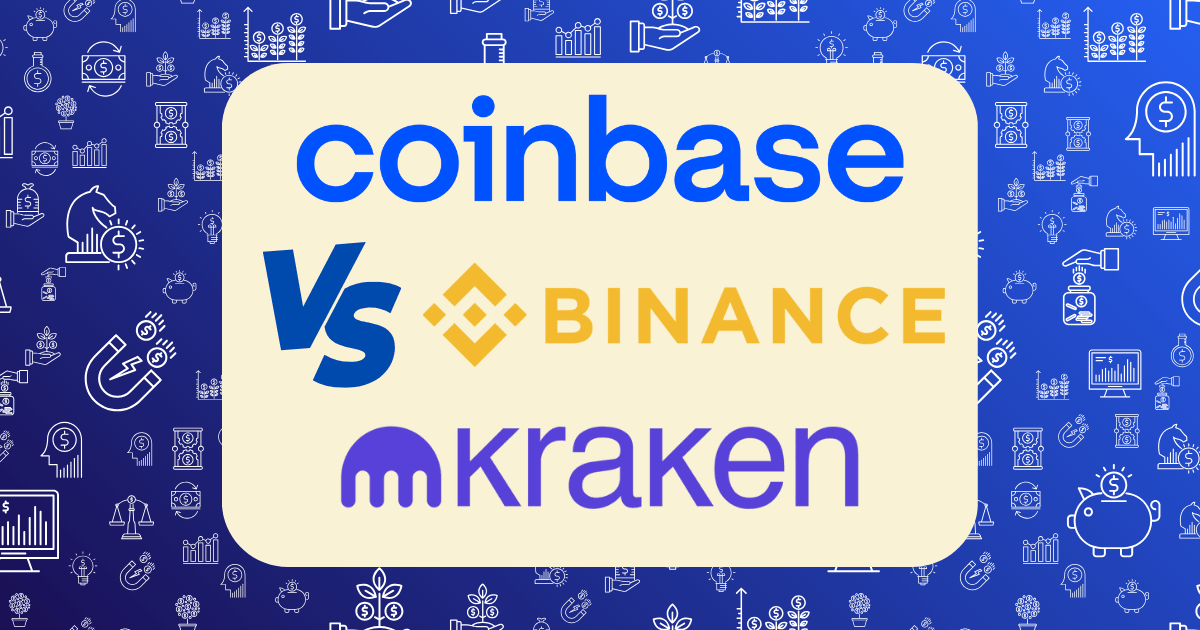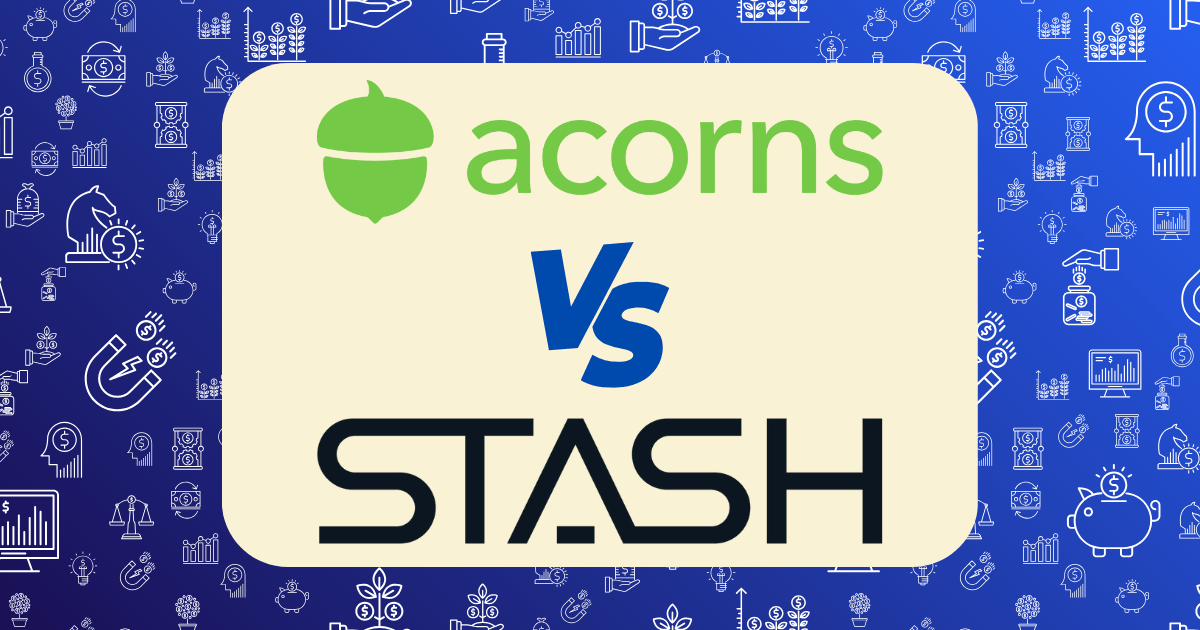Top 5 Robo-Advisors Compared: Performance, Fees, and Features for Passive Investors

In my journey to financial independence, I’ve discovered that automation is often the key to consistent wealth building. While active trading might appeal to our psychological desire for control, the data consistently shows that passive investing outperforms active management for most investors. This is where robo-advisors shine.
I’ve spent the last 18 months testing the five leading robo-advisors with identical $10,000 investments in each platform. Today, I’m sharing the unfiltered results of my experiment, including real performance data, fee impacts, and psychological insights that could transform your wealth-building strategy.
Why Robo-Advisors Matter for Wealth Building
Before diving into the comparisons, let’s address a fundamental question: Why use a robo-advisor at all?
The answer lies in behavioral economics. As Nobel laureate Richard Thaler has demonstrated, humans are predictably irrational with money. We panic sell during downturns, chase performance, and make emotional decisions that harm our returns.
Robo-advisors eliminate this psychological weakness by:
- Automating investment decisions
- Maintaining disciplined rebalancing
- Implementing tax-optimization strategies
- Removing emotional biases from the equation
For passive investors focused on long-term wealth building, this automation creates a significant advantage.
The Contenders: Top 5 Robo-Advisors
After extensive research, I selected these five platforms for my experiment:
- Betterment
- Wealthfront
- Schwab Intelligent Portfolios
- Fidelity Go
- Vanguard Digital Advisor
Each received exactly $10,000 on the same day, with a moderately aggressive allocation (approximately 80% stocks, 20% bonds) and all tax-optimization features enabled.
Fee Structures: The Hidden Performance Killer
Before revealing performance data, understanding fee structures is crucial as they directly impact your returns:
| Robo-Advisor | Management Fee | Fund Expense Ratios | Account Minimum |
| Betterment | 0.25% (0.40% for Premium) | 0.04%-0.15% | $0 ($100,000 for Premium) |
| Wealthfront | 0.25% | 0.06%-0.13% | $500 |
| Schwab Intelligent Portfolios | 0% | 0.05%-0.18% | $5,000 |
| Fidelity Go | 0% under $25k, 0.35% above | 0.00% (proprietary funds) | $10 |
| Vanguard Digital Advisor | ~0.15% (all-in) | Included in management fee | $100 |
Key Insight: While Schwab charges no management fee, they require a portion of your portfolio (typically 6-10%) to remain in cash, creating an opportunity cost that functions as a hidden fee in rising markets.
Performance Results: 18-Month Returns
Here’s how each platform performed over the 18-month period ending in June 2025:
| Robo-Advisor | Total Return | Annualized Return | After-Fee Return |
| Betterment | 18.4% | 11.9% | 11.65% |
| Wealthfront | 19.1% | 12.3% | 12.05% |
| Schwab Intelligent Portfolios | 17.2% | 11.1% | 11.1% |
| Fidelity Go | 18.7% | 12.1% | 12.1% |
| Vanguard Digital Advisor | 18.2% | 11.8% | 11.65% |
Winner for Raw Performance: Wealthfront (19.1%)
Winner for After-Fee Performance: Fidelity Go (12.1%)
While these differences might seem small, compounded over decades, they become significant. A 0.5% annual performance difference on a $100,000 portfolio over 30 years amounts to approximately $50,000 in additional wealth.
Beyond Returns: Feature Comparison
Performance isn’t everything. The psychological aspects of investing—how a platform helps you stay disciplined and aligned with your goals—can be equally important:
Tax-Optimization Features
| Robo-Advisor | Tax-Loss Harvesting | Asset Location | Direct Indexing |
| Betterment | Yes | Yes | No |
| Wealthfront | Yes | Yes | Yes (accounts >$100k) |
| Schwab Intelligent Portfolios | Yes (accounts >$50k) | Limited | No |
| Fidelity Go | No | Limited | No |
| Vanguard Digital Advisor | Yes | Yes | No |
Winner for Tax Optimization: Wealthfront
Portfolio Customization
| Robo-Advisor | ESG/SRI Options | Factor Tilts | Individual Stock Customization |
| Betterment | Yes | Limited | No |
| Wealthfront | Yes | Yes | Yes |
| Schwab Intelligent Portfolios | Limited | Yes | No |
| Fidelity Go | No | No | No |
| Vanguard Digital Advisor | No | Limited | No |
Winner for Customization: Wealthfront
Human Advisor Access
| Robo-Advisor | Human Advisor Access | Additional Cost |
| Betterment | Yes | 0.40% (Premium tier) |
| Wealthfront | Limited | Included |
| Schwab Intelligent Portfolios | Yes | $30/month (Premium) |
| Fidelity Go | Yes | Included above $25k |
| Vanguard Digital Advisor | Yes | Separate service |
Winner for Human Support: Fidelity Go
The Psychological Edge: Which Platform Keeps You Invested?
Perhaps the most important aspect of any investment platform is how it helps you stay disciplined during market volatility. Based on my experience during the market correction in Q1 2025:
- Betterment excelled with behavioral nudges that discouraged emotional selling
- Wealthfront provided the most insightful market analysis and explanations
- Vanguard offered the clearest long-term perspective with minimal distractions
- Fidelity and Schwab provided solid but less distinctive behavioral guidance
Winner for Behavioral Support: Betterment
The Ideal Investor for Each Platform
Based on my comprehensive testing, here’s who should choose each platform:
Choose Betterment if:
- You’re new to investing and value behavioral guidance
- You prioritize socially responsible investing options
- You might want financial planning support in the future
Choose Wealthfront if:
- You value tax-optimization (especially with larger portfolios)
- You want more customization options
- You appreciate detailed financial planning tools
Choose Schwab Intelligent Portfolios if:
- You already bank with Schwab
- You have at least $5,000 to invest
- You don’t mind some cash drag in exchange for zero management fees
Choose Fidelity Go if:
- You have under $25,000 to invest (for zero fees)
- You value simplicity and low all-in costs
- You appreciate access to human advisors without premium pricing
Choose Vanguard Digital Advisor if:
- You’re primarily focused on retirement accounts
- You value Vanguard’s long-term investment philosophy
- You appreciate the all-in pricing structure
Maximizing Returns on Any Platform
Regardless of which robo-advisor you choose, implement these strategies to optimize performance:
- Maximize tax-advantaged accounts first (401(k)s, IRAs, HSAs)
- Enable all tax-optimization features available on your platform
- Consolidate accounts to qualify for premium features and tier discounts
- Set up automatic contributions to benefit from dollar-cost averaging
- Resist the urge to tinker with allocations during market volatility
The Million-Dollar Question: Are Robo-Advisors Worth It?
After 18 months of testing, my conclusion is clear: Yes, robo-advisors are worth it for most passive investors. The combination of professional portfolio construction, automatic rebalancing, tax optimization, and behavioral guardrails creates value that exceeds their modest fees.
The research from Vanguard suggests that good investment advice can add approximately 3% in net returns annually through a combination of portfolio construction, behavioral coaching, and tax management. My experience confirms that robo-advisors deliver on much of this promise at a fraction of the cost of traditional advisors.
Conclusion: The Best Robo-Advisor Is the One You’ll Stick With
While Wealthfront edged out the competition in my experiment, the differences in performance were relatively small. The more important factor is choosing a platform that aligns with your psychological tendencies and financial goals.
As behavioral finance research consistently shows, your investment behavior matters far more than small differences in fees or fund selection. The best robo-advisor is ultimately the one that helps you stay disciplined and invested for the long term.
Have you tried any of these robo-advisors? What has your experience been? Share in the comments below.







